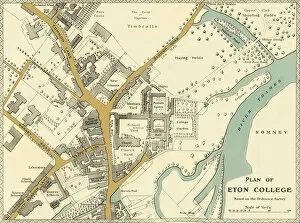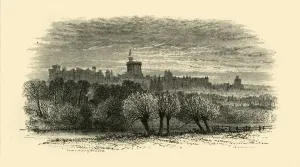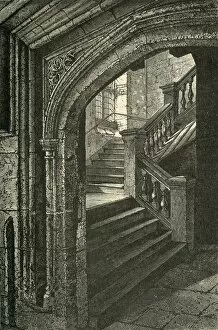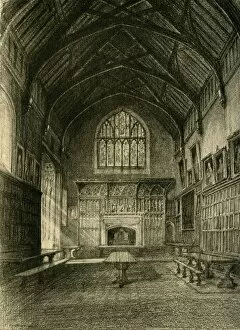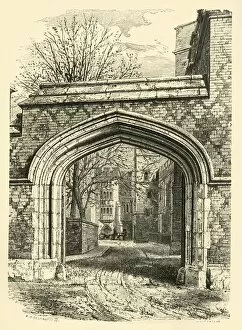Maxwell Lyte Collection
Maxwell Lyte, a name that echoes through the halls of Eton College in 1911
All Professionally Made to Order for Quick Shipping
Maxwell Lyte, a name that echoes through the halls of Eton College in 1911. As we delve into the captivating photographs from this era, we catch glimpses of his presence and influence. On the Sixth Form Bench, Maxwell Lyte's authoritative figure stands tall among his peers. With an air of confidence and wisdom, he commands respect and admiration, and is evident that he holds a prominent position within the school community. Venturing further into Eton's enchanting surroundings, we stumble upon Fellows Eyot. Here, Maxwell Lyte finds solace amidst nature's embrace. The serene beauty of this hidden gem reflects his inner tranquility and appreciation for life's simple pleasures. The Plan of Eton College reveals Maxwell Lyte's meticulous attention to detail and dedication to preserving tradition. His role as a custodian ensures that every aspect of this esteemed institution remains intact for future generations to cherish. Windsor Castle from the Provosts Lodge at Eton captures Maxwell Lyte in a momentary pause amidst his duties. Gazing out onto the majestic castle grounds, one can only imagine the weighty responsibilities he carries on his shoulders. In The Lower School and Long Chamber photograph, Maxwell Lyte appears engaged in conversation with students eager to absorb knowledge from their esteemed mentor. His passion for education shines through as he imparts valuable lessons upon these young minds. A Group on the Fourth of June showcases Maxell Lyte surrounded by jubilant faces during one of Eton College's most celebrated events. In this joyous occasion filled with camaraderie and laughter, it is clear that he fosters a sense of unity among students and faculty alike. Elevating our perspective to capture Eton College from Romney allows us to appreciate its grandeur through Maxwell Lyte's eyes. This vantage point symbolizes his unwavering commitment to upholding traditions while embracing progress.


